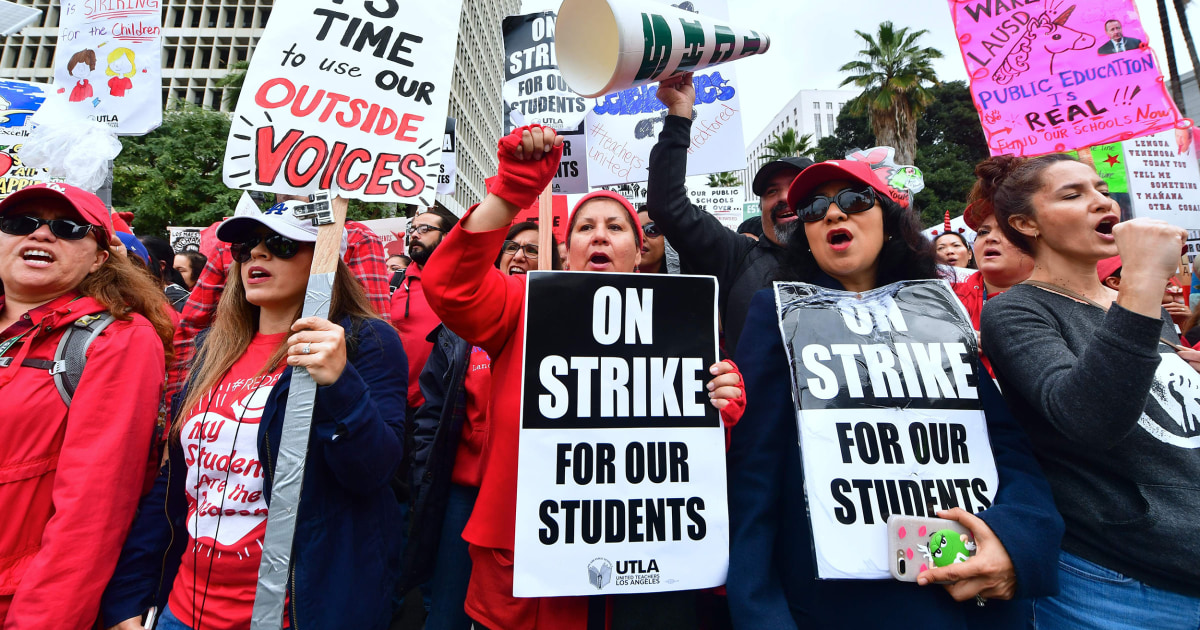

“Someone is going to get killed or seriously injured because of the irresponsible behavior of some of these people,” Jim Watson, Ottawa’s mayor, warned on Sunday. Downtown Ottawa, site of the country’s Parliament, remained paralyzed on Monday as truckers parked their vehicles across busy thoroughfares. Truck convoys congregated near provincial legislatures in Alberta, Saskatchewan, Manitoba and British Columbia. Thousands turned out to protest in Toronto and Quebec City over the weekend. They have also spread well beyond the capital. They have since mushroomed into an occupation of Canada’s capital and to broader demonstrations over pandemic rules like vaccination mandates, shutdowns and mask requirements, as well as Mr. 29 with protests by truckers over vaccine mandates imposed by the government of Prime Minister Justin Trudeau. The demonstrations, during which some protesters have desecrated national memorials and threatened local residents, have shaken a country known globally as a model for humanism and serenity. “We continue to employ all available officers, there are no days off,” Chief Peter Sloly told the special meeting. Ottawa’s police chief told the City Council on Monday afternoon that it will take 1,800 more police officers to end a protest by truckers that has paralyzed the city’s downtown for 11 days, leading to the mayor’s declaring a state of emergency. Demonstrations have spread beyond Canada’s capital. Bronfenbrenner.The mayor of Ottawa declared the state of emergency after more than a week of unrest that began with protests by truckers over vaccine mandates. “When you have large strikes that are like waves across the country, they are contagious,” said Dr. More than a third of respondents said they thought that unions would become stronger in the future than they are today, compared with just 19 percent in 2018.

About 67 percent of Americans say they approve of labor unions, according to a poll taken in August by Gallup, up from 54 percent a decade ago. Surveys have shown increased public support for unions in recent years, she said, even as private sector union membership remains low. Bronfenbrenner, see the resurgence of strikes and union organizing as a lasting trend. It remains to be seen whether this unusual moment of labor activity will continue, particularly as the job market eventually cools and workers lose bargaining power. “Those are not just the big strikes that are in the news, but there are many smaller strikes across every industry,” said Kate Bronfenbrenner, a senior lecturer at the School of Industrial and Labor Relations. A database maintained by Cornell University’s School of Industrial and Labor Relations, which includes strikes of all sizes, has recorded more than 270 work stoppages so far this year, hundreds more than the government’s tally. Official government statistics include only strikes involving 1,000 or more workers. “The single most important factor is the tight labor market,” she said.ĭespite the recent uptick, overall union activity has fallen since the 1970s and ’80s, when the number of workers on strike in a year regularly surpassed 400,000. Much of this can be attributed to a historically strong economic recovery, which has strengthened workers’ bargaining power, said Ruth Milkman, a professor at the City University of New York’s Graduate Center and School of Labor and Urban Studies. Strike activity increased slightly in 20 after a lull during the coronavirus pandemic. members go on strike, nearly 460,000 workers will have walked off the job at some point over the course of this year, the highest level since 2018, another notable year for work stoppages. But the union hasn’t ruled out a full-scale strike. That’s a small portion of the unionized factories of G.M., Ford and Stellantis across the United States. After the United Auto Workers and the country’s largest carmakers were unable to agree on a new contract before Thursday night’s deadline, union members at General Motors, Ford Motor and Stellantis - which owns Chrysler, Jeep and Ram - have walked off the job.Ībout 12,700 workers began the strike on Friday, at plants in Michigan, Missouri and Ohio. Now, another potentially large-scale strike has begun. Meanwhile, a summertime strike of more than 300,000 United Parcel Service workers had seemed imminent before a deal was reached last month. In July, tens of thousands of actors joined screenwriters on the picket line, bringing Hollywood to a halt. This year, workers across industries in the United States have increasingly walked off the job or threatened to do so.


 0 kommentar(er)
0 kommentar(er)
